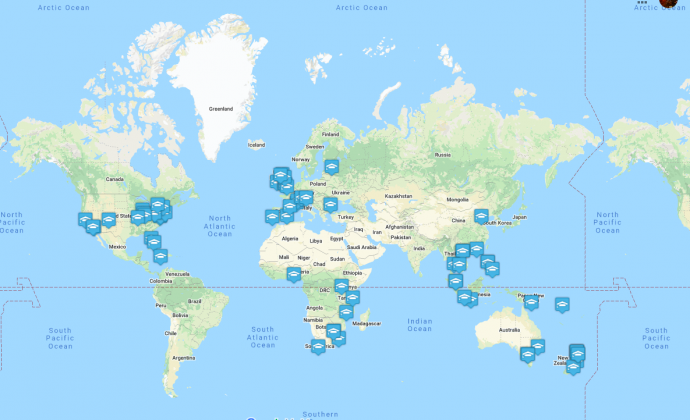Research
Published 9 December 2021From Living wages to Sustainable livelihoods

Designed to protect people materially and socially, living wages go further than a bare subsistence, minimum wage. They can instead provide sustainable livelihoods and social protection from poverty and socio-economic inequalities
Protections like these become all-the-more important during a pandemic. But do they work? And if so, how? In 2018, a team of researchers from Massey University and Auckland University of Technology received a Marsden Fund grant to answer these questions. What they found is attracting attention from policymakers at home and abroad.
A frequent objection to living wages is that they cost jobs, and as a consequence hurt more people than they help. The research team found very little empirical evidence to support this objection. Across surveys, case studies, and interviews with employers, the team found that many employers want to pay the Living Wage premium. Some employers were worried that they would not see enough upside to offset their costs. More research is required to reach a definitive conclusion regarding the costs and benefits of moving organizations to the Living Wage. The team’s own preliminary research would suggest that there are more benefits than costs to adopting the Living Wage, which is consistent with findings from a range of other hubs within Project GLOW (Global Living Organizational Wage, https://projectglow.net/). Through GLOW, the team was afforded interdisciplinary advice from 28 countries, and has been able to amplify the outreach and impact of its own findings internationally.
The team’s national survey and case studies, conducted before and during the pandemic from 2018-20, showed that people paid below the living wage rate were significantly less happy at work. People had lower levels of wellbeing, with higher stress, anxiety, and depression, compared to workers paid at or above the living wage. The same held true before and during pandemic conditions. In other words, for just a few dollars more, there may be a transformational ‘bang for-the-buck’ in well-being. This is good news for the government’s wellbeing approach. But it is also good news for responsible employers keen to bounce back from lockdown, as happiness at work is extensively linked to staff engagement and per capita productivity. So, a living wage can create win-win situations for both employees and employers alike.
Another objection to the living wage is the concept that ‘one size does not necessarily fit all.’ For some workers, such as those contributing to single-income households, the team found a living wage is vital; for other workers who live at home with parents, or with a partner whose wage is higher, the living wage may be less essential. Some variations in impact by regions, based on different housing costs were also found. But on-the-whole, more people would be socially protected with a living wage. It is also clear that the current minimum wage is not enough regardless of household context. The team found that even with the progressive rises in minimum wages under the current government, the benefits of wage rises do not really kick-in until the living wage threshold is reached and crossed. Another important realisation is that wage-based interventions enter into complex economic relations. As such, raising wages without doing something to control housing costs, for example, is unlikely to result in sustainable positive impacts for workers and their families.
Findings from this Marsden Fund project resonate with global and local policy-making bodies. Research findings have been presented at the International Labour Organisation and have played a part in the recent decision by at least one City Council in Aotearoa to implement the living wage for all employees and contractors. The living wage alone is not enough, however. It is crucial that further research examines pressing socio-economic issues that arise from increased wealth concentration, unliveable wages, in-work poverty, and related issues of precarity - particularly in the domains of housing and food.
RESEARCHER
Professor Stuart Carr, Professor Darrin Hodgetts, Associate Professor Siautu Alefaio-Tugia, Professor James Arrowsmith, Professor Jane Parker, Dr Amanda Young-Hauser, Harvey Jones and Professor Jarrod Haar
ORGANISATION
Massey University and Auckland University of Technology
FUNDING SUPPORT
Marsden Fund
CONTRACT OR PROJECT ID
MAU1726
